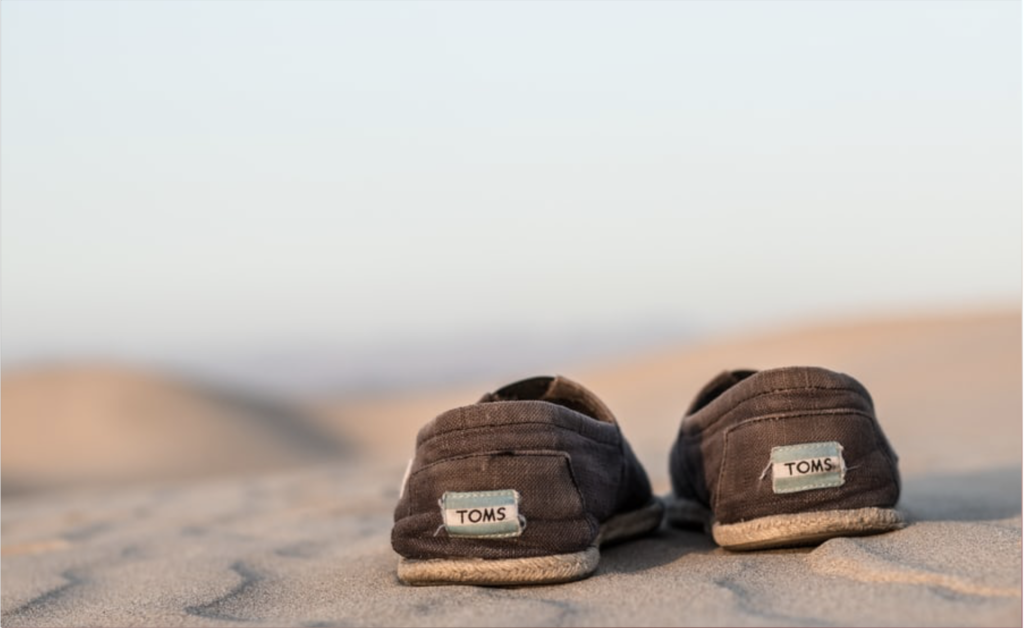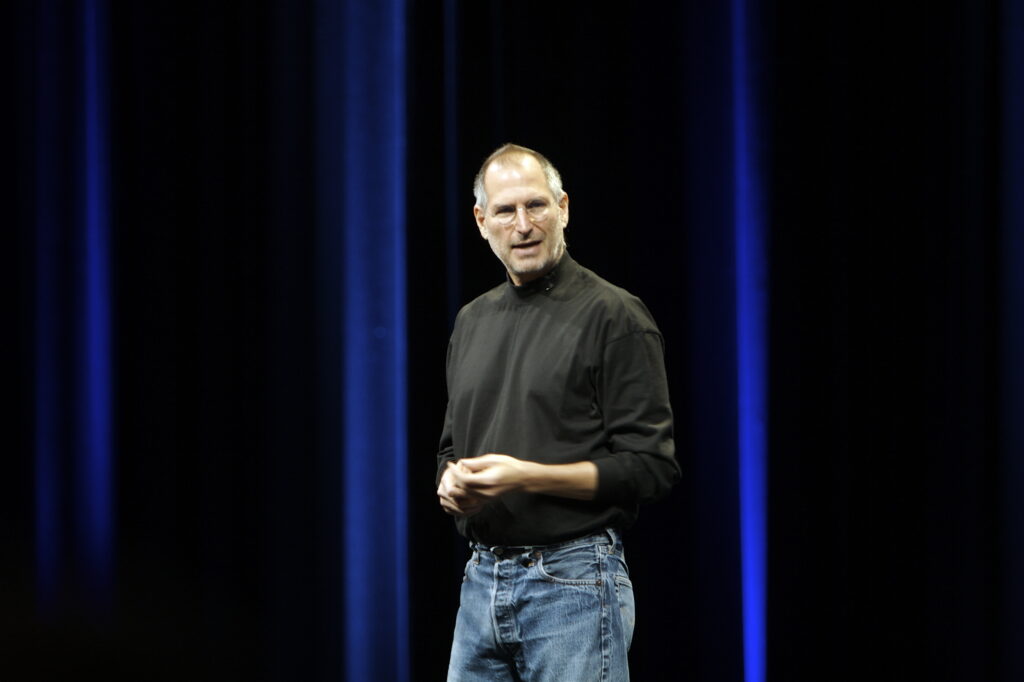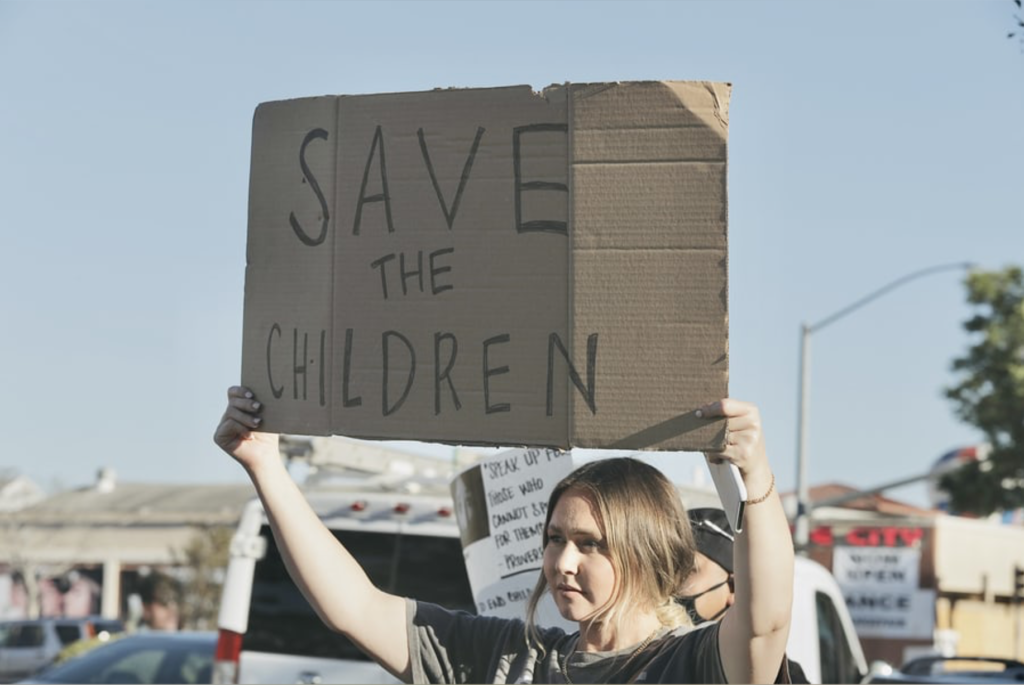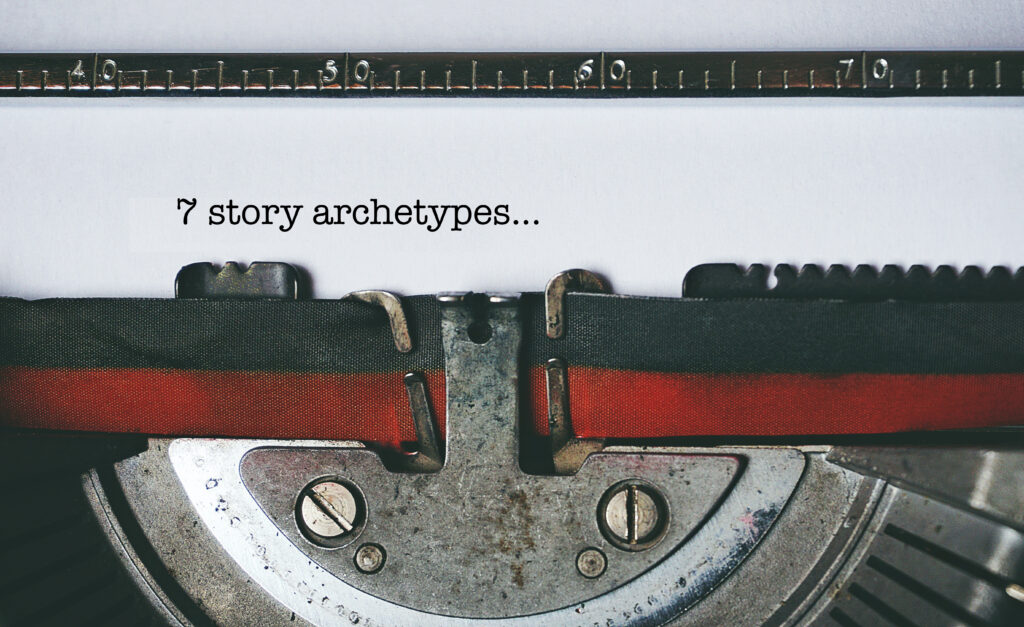
Jim D’Amico’s route to talent acquisition was far from conventional. Before becoming one of talent acquisition’s leading voices, the president of the Association of Talent Acquisition Professionals (ATAP) started his career in the US Army, before pursuing a career in stand-up comedy. Since then, D’Amico has received numerous awards and accolades for his talent acquisition efforts — including being named the best large recruiting organisation while leading Spectrum Health’s TA team in 2015. For the past four years, he has lead the global talent acquisition for Fortune 500 Chemical company Celanese.
With help from a Hollywood screenwriter, they made an attempt to find out what really engages an audience.
In the past year, D’Amico and his team have delved into the world of storytelling. With passive candidates slowly turning into resistant candidates, organisations everywhere are scrambling to not only identify the right talent — but persuade him or her to actually join. With help from a Hollywood screenwriter, they made an attempt to find out what really engages an audience. All in all, they found a total of seven story archetypes.
#1: Overcoming underdog
“Everyone loves an underdog”, D’Amico told the live audience during his ToTalent Silicon Valley Masterclass. “A scrappy underdog that takes on the biggest monster, and overcomes through pure force of will. And changes the status quote. It’s David versus Goliath. The monster has a a status that exists, and now we have to overcome.”
Example: Uber
D’Amico: “Uber fits into this narrative. They are one of the first really well-known disrupters. They said: ‘Hey, there’s this whole industry around taxi’s and cabs, where people pay to drive us from one place to another. Let’s change that’. They overcame that monster. This narrative can be used when you’re looking to defeat larger competitors.”
#2: Rags to riches
“A rags and riches archetype is uplifting”, according to D’Amico. “You go from a point of nothing, and rise to something significant. You tell the story of an operator who is now in a leadership position. Most companies have stories like that — someone who grew out of a basic position. You want the candidate to be able to visualise themselves in this story. You want the candidate to be able to see themselves as the hero in their own story.
Example: Amazon
D’Amico: “Perhaps the best example of a successful rags to riches story is the story of Jeff Bezos and Amazon. He started selling books out of his garage, and slowly built an empire — the largest retailer. That’s a great story.”
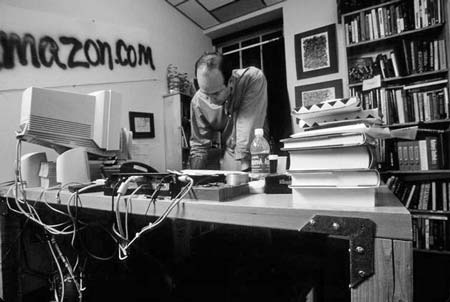
#3: Hero’s quest
“It’s Jason and the Argonauts. It’s King Arthur”, D’Amico says. “Where the hero needs to overcome something, but the concept of why is more important than the how. It’s not as much about the destination, it’s about what it means to them. Is it to change something? Is it to improve something? The hero is going to win — we know that, but what captivates us is the journey.”
Example: Toms
D’Amico: “Toms is a great example. They weren’t disrupting the shoe business. Nor did they think of smarter ways to improve shoes; they thought of a better reason to buy shoes. You’re buying shoes for those in need, so you’re giving the buyer a journey. You share that journey of someone who went from no shoes, to Toms shoes… thanks to the hero. It needs to be relatable.”
#4: Voyage and return
“This is similar to a quest, but it’s all about how it ends”, D’Amico says. “What you take from your journey and you now apply. We refer to it as boomerang hires, which happen to be a great source of hire. Candidates know that when they take a job, it’s not going to be the last job they’re ever going to take. Most people are with their company for less than 7 years, so it’s comforting to know you can come back, and be valued. We use it in a way where we say: we value what you’ve learned.”
Example: Apple
D’Amico: “Steve Jobs is a great example of a voyage and return archetype. He left Apple, and returned. He came back as the saviour, turning Apple’s fortunes around completely. That storyline doesn’t exist without Steve Jobs. Not to say you need your own Steve Jobs, but when you tell stories of employees that come back — highlight those reasons why they came back, and how they used that periode to further their career. Then, tell those stories to candidates.”
#5: Comedy
“As a former comedian, I should warn you: it’s not for everyone”, D’Amico laughs. “Just because you think something is funny, does not mean anyone else will think it’s funny. You can use comedy as an icebreaker, but you should never make the whole story funny. Comedy comes from two places: truth or pain. You have to help people with your storytelling to understand those truths — and it can be a great hook for it.”
Example: Budweiser
D’Amico: “Dilly dilly! For a few years now Budweiser have ran a great campaign about a goofy king and his kingdom. It revolves around simple comedy, but really resonated with people. They did so before with their Wazzah commercials. They respected the two rules of comedy. Firstly: you can never make a joke at someone else’s expense. Secondly: the best comedy is when you are your own punchline. When you’re the subject of the joke.”
#6: Tragedy
“Tragedy is not the journey”, D’Amico says. “Tragedy is tragedy in the Greek tragic sense: everyone dies. We can talk about our response to tragedy, but it then tends to fall in other archetypes. About how a hurricane affected one of our plants in North Caroline, and how we responded by relocating our employees, and provided gasoline and such at no cost.
Example: Save the Children
D’Amico: “It is a very powerful story, but particularly useful for companies in the charitable spaces. They can talk about tragedy and about the consequences in order to engage action. We don’t have those. So again, companies can talk about their response to tragedy, but it tends to fall in other archetypes.”
#7: Rebirth
“People love these types of stories”, D’Amico says. “It’s the Phoenix rising from the ashes. It’s a moment of abject defeat, before ultimate triumph. Those types of stories resonate to people because we all endure ups and downs. People are always looking to recreate themselves, so they flock to these types of stories.”
Example: Chrysler
D’Amico: “Chrysler is a good example. They’ve suffered for years due to better product coming out of Asia or Europe. Then Chrysler built this messaging about being reinvented, and essentially about being a European quality vehicle, but made in the United States. It’s about reinvention and sharing that story. We, for example, don’t view ourselves as a chemical manufacturing company, we view ourselves as a chemical innovation company. It’s about our commitment to everything that we do in sustainability and stewardship that separates us from our competitors.”



